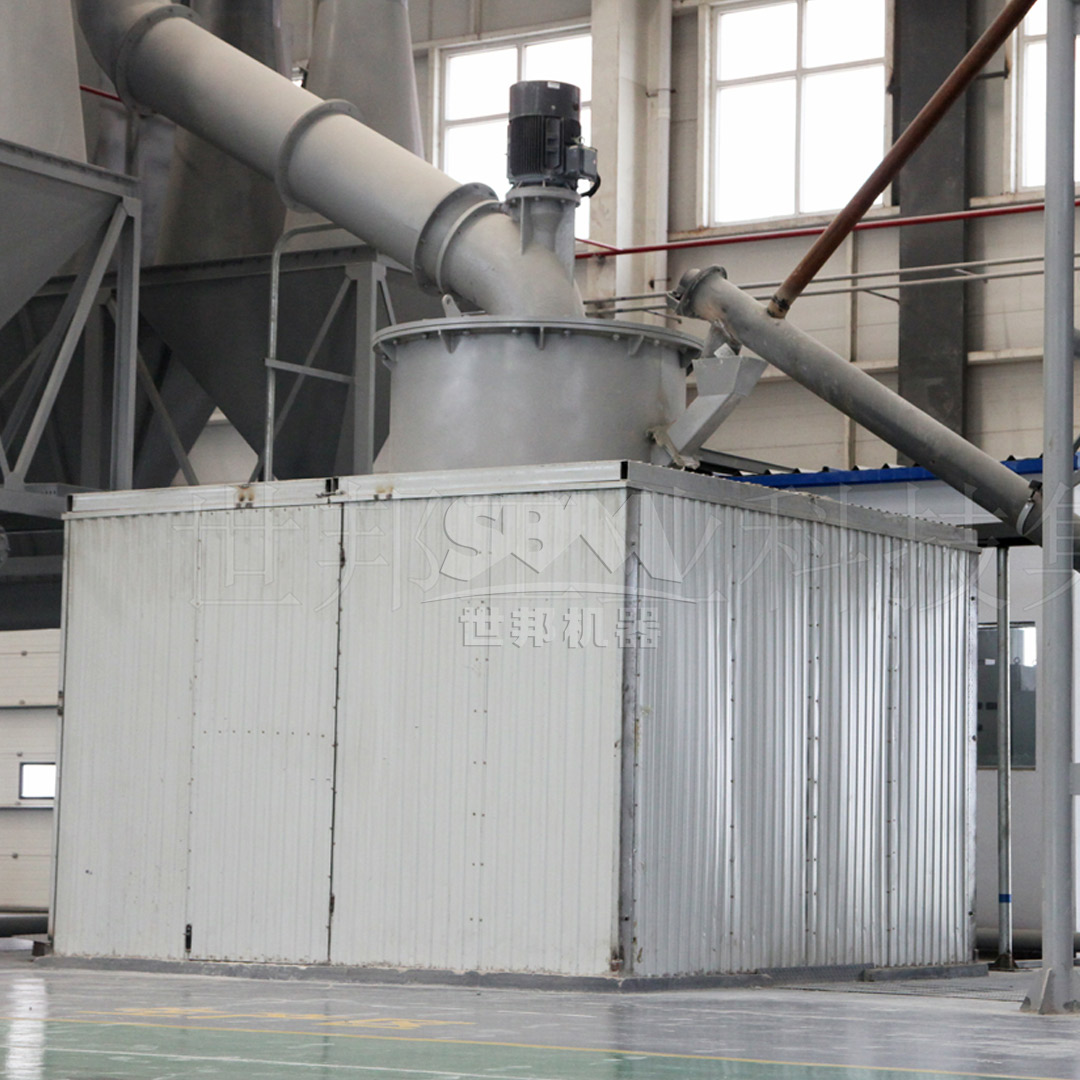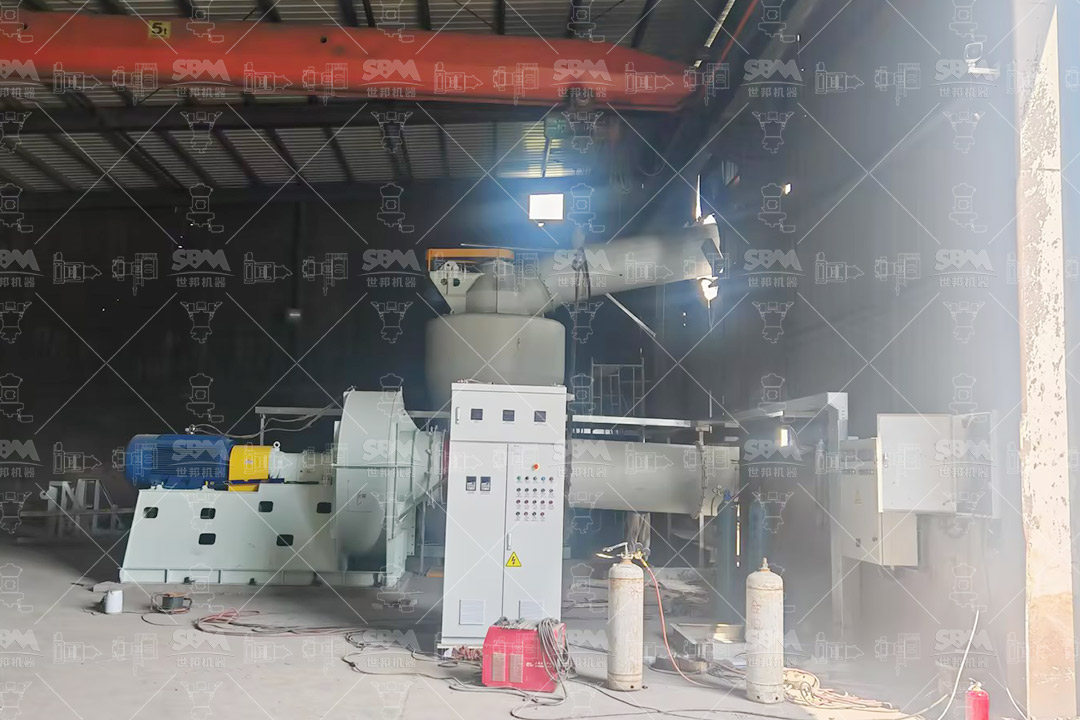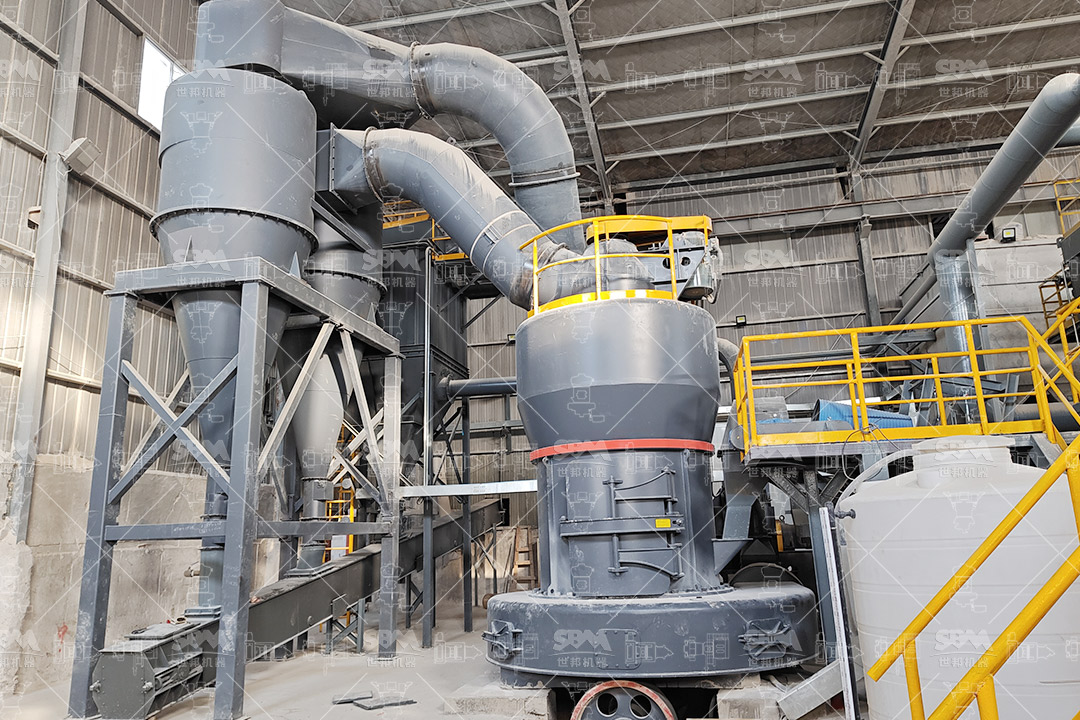Drilling fluids, commonly referred to as drilling mud, are critical components in mining and oil & gas exploration operations. They serve multiple functions, including cooling and lubricating the drill bit, carrying cuttings to the surface, and stabilizing the borehole. Among the various additives used in drilling fluids, bentonite clay stands out due to its exceptional swelling capacity, viscosity enhancement, and sealing properties. This article explores the pivotal role of bentonite powder in drilling fluid optimization and highlights advanced grinding technologies that ensure the production of high-quality bentonite powders tailored for industrial applications.
Bentonite, a naturally occurring clay primarily composed of montmorillonite, is renowned for its ability to absorb water and swell up to several times its original volume. This property makes it an ideal additive for water-based drilling fluids. When properly ground and processed, bentonite powder enhances the rheological properties of drilling mud, providing:
The effectiveness of bentonite in drilling fluids is highly dependent on its particle size distribution and purity. Ultra-fine bentonite powders with consistent granulometry are essential for achieving optimal performance. This is where advanced grinding machinery comes into play.
Bentonite ore, as mined, requires extensive processing to achieve the desired fineness and chemical properties. The grinding process must ensure that the montmorillonite structure is preserved while achieving a fine and uniform particle size. Traditional grinding methods often fall short in terms of efficiency, energy consumption, and product consistency. Key challenges include:
Modern grinding technologies address these challenges through innovative engineering and intelligent control systems.
To produce bentonite powder that meets the stringent requirements of the drilling fluid industry, mining companies rely on specialized grinding mills. Two types of mills are particularly well-suited for this application: ultrafine mills for producing very fine powders and trapezium mills for high-capacity processing with precise粒度控制.
For applications requiring extremely fine bentonite powders (325-2500 mesh, D97 ≤ 5μm), the SCM Ultrafine Mill is an excellent choice. This mill is designed to handle materials with input sizes up to 20mm and delivers outputs in the range of 0.5-25 tons per hour, depending on the model.

The technical advantages of the SCM Ultrafine Mill make it ideal for bentonite processing:
The mill operates via a main motor driving multiple grinding rings. Material is fed into the grinding chamber and subjected to centrifugal force, dispersing it into the grinding path where it is crushed and ground layer by layer. The final product is collected by a cyclone collector and pulse dust removal system.
| Model | Capacity (ton/h) | Main Motor Power (kW) | Feed Size (mm) | Output Fineness (mesh) |
|---|---|---|---|---|
| SCM800 | 0.5-4.5 | 75 | 0-20 | 325-2500 |
| SCM900 | 0.8-6.5 | 90 | 0-20 | 325-2500 |
| SCM1000 | 1.0-8.5 | 132 | 0-20 | 325-2500 |
| SCM1250 | 2.5-14 | 185 | 0-20 | 325-2500 |
| SCM1680 | 5.0-25 | 315 | 0-20 | 325-2500 |
For mining companies focused on producing premium-grade bentonite for critical applications, the SCM Ultrafine Mill offers unmatched precision and reliability.
When the production focus is on larger volumes of bentonite powder with fineness ranging from 30 to 325 mesh (up to 0.038mm), the MTW Series Trapezium Mill is a robust and efficient solution. It can handle feed sizes up to 50mm and offers capacities from 3 to 45 tons per hour.

This mill incorporates several advanced features tailored for industrial mineral processing:
In operation, the main motor drives the grinding rollers to revolve around the central shaft and rotate on their own axis, generating centrifugal force. Shovels throw material into the space between the grinding ring and rollers, where it is crushed by extrusion. The built-in classification system precisely controls the final product fineness.
The MTW series is available in multiple models (e.g., MTW110, MTW138Z, MTW175G, MTW215G) to match specific production needs, making it a versatile choice for bentonite processing plants requiring high output and consistent quality.
Choosing between an ultrafine mill and a trapezium mill depends on the target product specifications and production scale. For specialized drilling fluid applications where ultra-fine, high-purity bentonite is demanded, the SCM Ultrafine Mill is the superior tool. Its ability to produce powders down to 5μm ensures maximum swelling capacity and performance in the mud. For general-purpose drilling mud or larger-scale production where slightly coarser grades are acceptable, the MTW Trapezium Mill offers an excellent balance of capacity, efficiency, and cost-effectiveness.

Bentonite powder remains a cornerstone of high-performance drilling fluids in the mining industry. Its unique properties contribute significantly to the safety, efficiency, and success of drilling operations. However, realizing the full potential of bentonite requires processing it into a fine, consistent powder using advanced grinding technology. Mills like the SCM Ultrafine Mill and the MTW Series Trapezium Mill provide the necessary capabilities to produce bentonite powders that meet the exacting standards of modern drilling fluid formulations. By investing in the right grinding equipment, mining companies can optimize their drilling fluid performance, reduce operational costs, and enhance overall productivity.